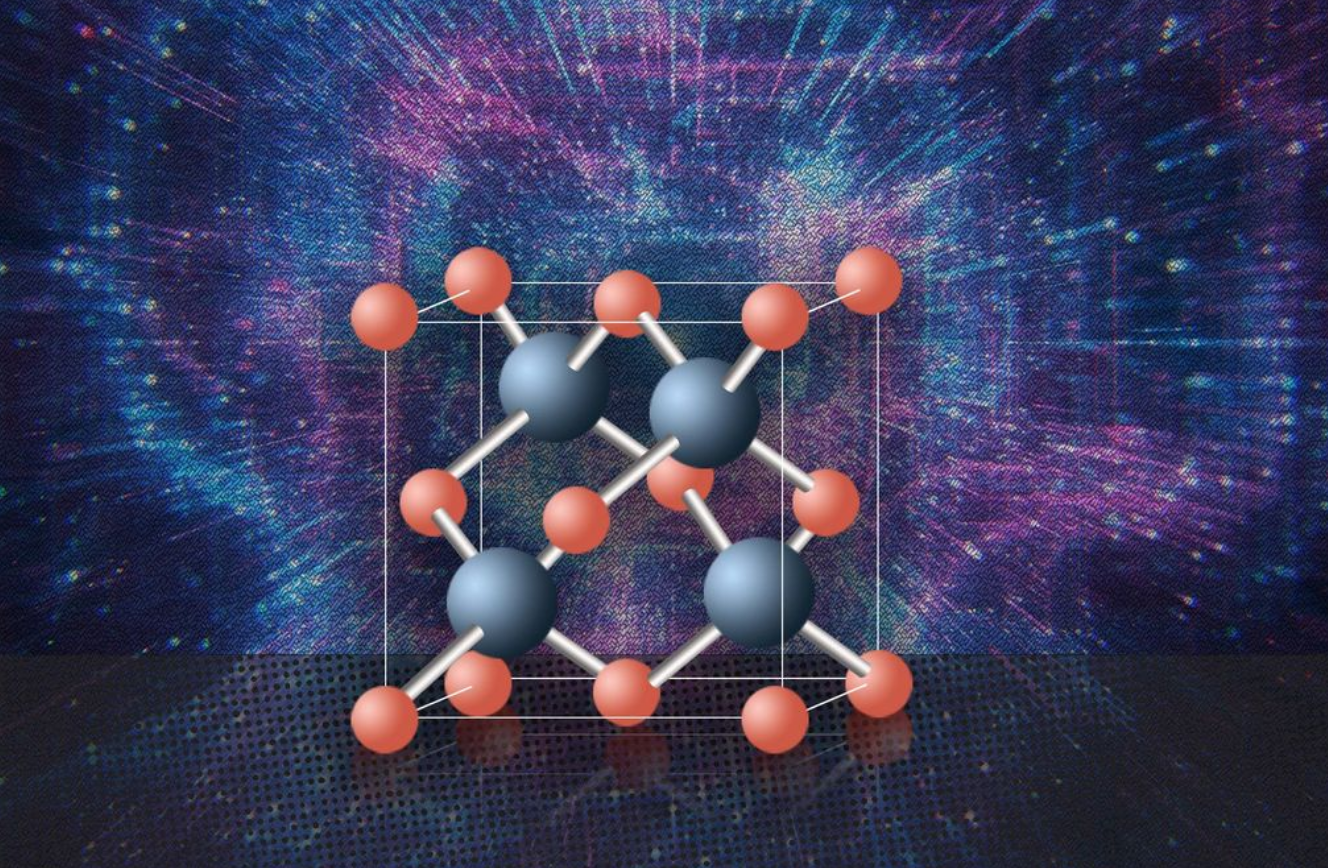"MIT researchers say cubic boron arsenide is the best semiconductor material ever found, and maybe the best possible one. Credit: Christine Daniloff, MIT" (Image: ScitechDaily.com/ MIT Discovers Semiconductor That Can Perform Far Better Than Silicon)
The new semiconductor called boro arsenide can work better than silicone. And it can be the next generation tool for quantum computers. The idea is that the quantum fields of the atoms are superpositioned through that cube. The idea is that those electromagnetic- or quantum fields are acting like virtual particles that can be superpositioned and entangled like photons.
The next generation of quantum computers can base the possibility of putting electromagnetic fields around atoms to superposition and entanglement. Quantum- or electromagnetic fields around atoms can act like virtual particles. And they can be the next-generation superpositions and entanglements in quantum computers.
The idea is that only the possibility of superpositioned quantum entanglements where only electromagnetic or quantum fields around the atoms can transmit information same way as photonic quantum entanglement.
The cubic boron-arsenide is the best semiconductor in the world say MIT researchers. The image of this material or its molecular structure is above that text. This material can also be a tool for the next-generation lightweight quantum computers. The thing is that quantum computers are based the quantum entanglement.
But it's theoretically possible to create quantum computers that use silicon or some other semiconductor for making quantum entanglement. In those systems, the idea is that only the electromagnetic fields that are created around the atoms are superpositioned and entangled. That kind of system requires that all atoms that are involved in the data handling process are similar.
Quantum computers are turning into pocket-size.
Quantum computers operate more than zero and one. The thing that makes quantum computers so powerful is that they can float the values above zero and one. There might be made simple quantum computers that can operate at room temperature. The thing that limits the speed of the binary computer is called the problem of zero.
The problem of zero means that the system might separate when the electricity is cut from the normal data transmission. That thing is solved. By using the clock in a binary system. When the clock gives a certain number of pulsations. That means the system can continue its operation. The problem is that the system must wait that the clock is giving permission. But in quantum systems, the system floats the data over zero and one.
Those systems require two wires. Another wire is reserved for values zero and one. And the purpose of that wire is to tell if a system is on or off.
While electricity travels in that wire. The system has value. When electricity is cut the value in that wire is zero. And the data travels in another wire that has values two and three. That thing makes it possible to create faster computers that can be portable.
Maybe those pocket-size systems can't operate with the same power as the most powerful quantum computers. But they are giving extreme advances to mobile systems.
There is the possibility that the mobile quantum computer has a similar screen to the modern mobile telephone. Then that screen will be connected to a nano-technology microcomputer that is transforming binary data into a quantum system. And then that system returns that wire-based qubit where two stages transmit data back to the binary system.
https://scitechdaily.com/mit-discovers-semiconductor-that-can-perform-far-better-than-silicon/
https://phys.org/news/2022-07-quantum.html
Image) https://scitechdaily.com/mit-discovers-semiconductor-that-can-perform-far-better-than-silicon/





No comments:
Post a Comment
Note: Only a member of this blog may post a comment.